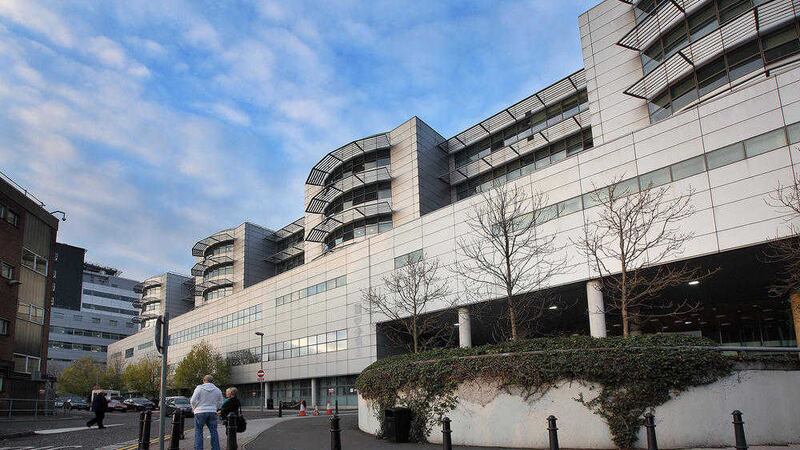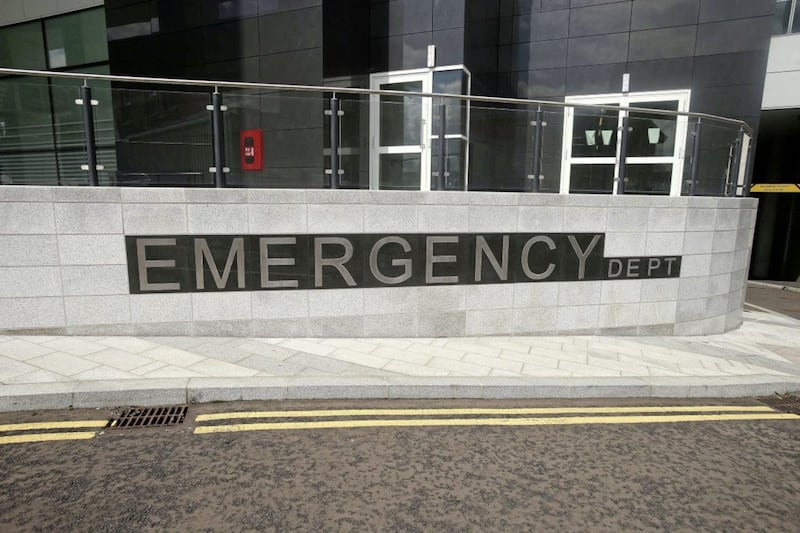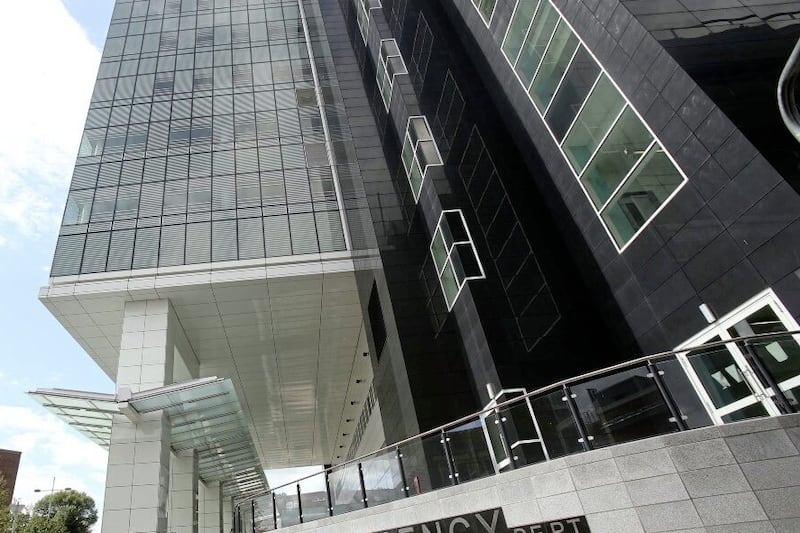WAITING time targets in the new emergency department of the Royal Victoria Hospital are not being achieved, an inspection report has found.
Three areas at the RVH were the focus of an unannounced inspection by the Regulation and Quality Improvement Authority (RQIA).
The inspection took place last December as part of RQIA's programme to provide assurance to the public about the quality of hospital services.
It was conducted over three days by a 19-strong team of medical, nursing, pharmacy and allied health professional peer reviewers and lay assessors.
The team found that crowding was an issue at the emergency department, which opened in August 2015.
At the time of the inspection, trust performance statistics and reports indicated that four and 12 hour performance targets were not being achieved.
The four hour target aims to ensure that as many as possible of emergency care patients are seen, treated and either admitted or discharged within four hours of their arrival.
The 12-hour target aims to ensure that no emergency care patients wait longer than 12 hours.
"We note however that there had been ongoing improvement with these targets," inspectors said.
"Data provided by the trust highlighted that there had been a 10 per cent improvement with the four hour ministerial target and a significant reduction in 12 hour breaches from 325 patients to 25 patients throughout the months of August, September, and October 2015, when comparing the same period in 2014."
The team also visited two wards.
It found improvements were needed in a surgical ward, where some clinical records were not updated or completed in line with guidelines.
There was a large number of non-surgical patients in the ward, which "impacted on the ward functioning as designed - for the treatment of emergency surgical patients".
RQIA chief executive Olive Macleod said the inspection team spoke to patients, relatives and staff; observed how care was being delivered; and examined care records.
"In the Acute Medical Unit, we found evidence of strong multi-disciplinary teamwork, with staff who understood their roles and responsibilities, and an open and transparent incident and complaint management culture," she said.
"At the new emergency department, governance and leadership were strong, and staff morale was good, with staff stating they felt supported by management.
"However, inspectors considered that crowding was an issue, with an increase in patient numbers in the afternoon and evening, making it challenging for staff to provide nursing care and maintain the privacy and dignity of their patients."
"RQIA recognises that increases in the number of admissions places additional pressure on staff in ensuring the provision of safe effective and compassionate care.
"However, it is vitally important that this continues to be delivered even at times of such pressures."








